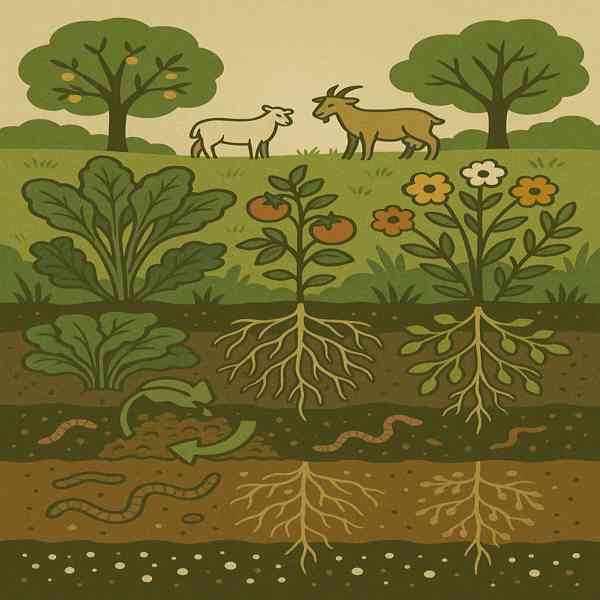How Agriculture and Forestry Drive Environmental Sustainability
How Agriculture and Forestry Drive Environmental Sustainability
Blog Article

While agriculture focuses on producing food and raw materials, forestry involves producing timber and forest products.
As technology and sustainability become more prevalent, both agriculture and forestry are evolving to meet modern challenges.
The Role of Agriculture in Society
Agriculture is the practice of cultivating land for human use.
Key aspects of modern agriculture:
- Crop production
- Includes cattle, poultry, and sheep
- Combining agriculture and forestry practices
- Sustainable farming
Modern agriculture aims to increase yield through efficient practices.
What Is Forestry?
Forestry involves the long-term planning of forest resources.
Main components of forestry include:
- Promoting tree diversity and regeneration
- Protecting natural habitats
- Ensuring renewable resource use
- Greening cities through tree planting
Responsible forestry practices help combat climate change.
How to Be Eco-Friendly in These Sectors
Sustainability in agriculture and forestry is crucial as environmental issues become more demanding.
Sustainable methods to consider:
- Conservation tillage
- Integrating natural cycles into farming
- Maintaining forest structure and diversity
- Reforestation and afforestation
By embracing these practices, farmers and foresters can enhance productivity.
Challenges in Agriculture and Forestry
Despite their importance, both agriculture and forestry face ongoing problems related to economic pressures and environmental concerns.
Problems to overcome:
- Soil degradation
- Droughts and irrigation challenges
- Impacting wildlife and carbon storage
- Fluctuating prices for crops and timber
Addressing these challenges requires collaborative efforts from stakeholders.
Technological Advances in Agriculture and Forestry
Technology is revolutionizing both agriculture and forestry, making operations less labor-intensive.
Key tech trends in the industry:
- Precision farming
- Monitoring crop health and forest cover
- Enhancing resistance and productivity
- Smarter resource allocation
Integrating technology ensures that both agriculture and forestry keep pace with global demands.
Conclusion
Whether focused on conservation or commercial use, both sectors play an irreplaceable part in the global ecosystem.
By doing so, agriculture and forestry can check here continue to enhance environmental resilience.
Report this page